The team of Shenzhen Lingpao Technology Co., Ltd. was established in 2021, focusing on data communication industry, Internet of Things, security monitoring and other intelligent hardware, providing high-quality products and solutions. The company’s headquarters is located in Nanshan High-tech Industrial Park , Shenzhen, has a complete independent research and development, manufacturing, and sales system.
What is a Power over Ethernet (PoE) Switch?
A PoE switch is a regular Fast Ethernet or Gigabit network switch that has Power over Ethernet functionality integrated. A Power over Ethernet switch both enables communication among network clients and provides power using the same RJ45 network cable to PoE-enabled edge devices, such as VoIP phones, network surveillance cameras or wireless access points. A PoE switch allows compatible devices to work in places where power outlets or network connections don’t exist. This primary function of PoE can save businesses lots of money on the costs of installing electrical and network wiring (more on that below) while still having edge devices work where they are needed. PoE switches exist in many different variations.
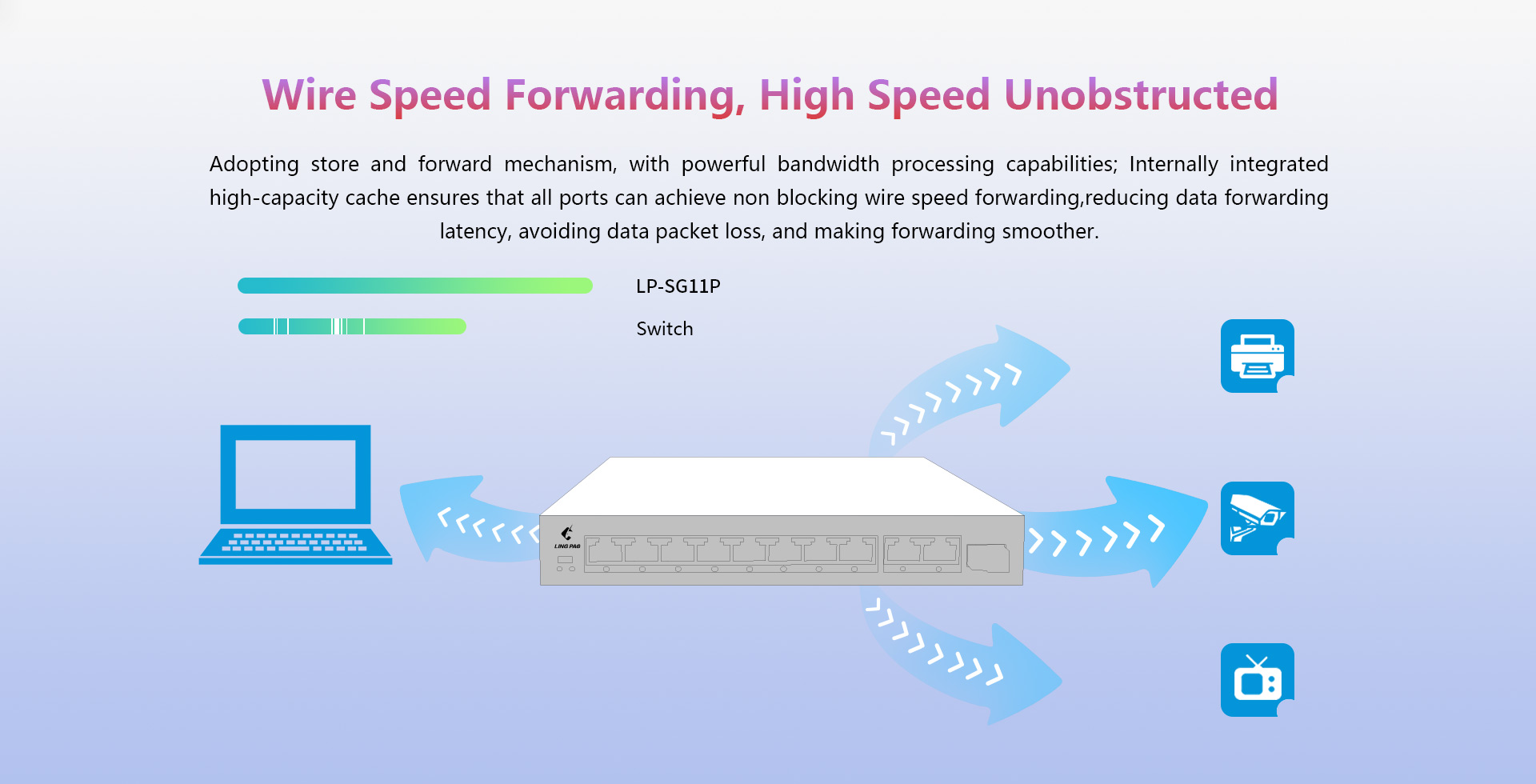
Benefits of PoE Switch
Given how PoE switches work, the benefits of PoE switches are obvious.
Simplicity: PoE network switches are also easy to install and configure. Most PoE network switches are plug-and-play devices, so there is no need for complicated wiring or configuration. The switches also come with built-in features such as port mirroring, VLANs, and QoS, which can help to streamline network management.
Cost-Efficiency: Another benefit of PoE switches is their energy efficiency. PoE network switches can be configured to provide the necessary power for each connected device, eliminating the need for an oversized power supply. This helps to reduce energy costs and can result in long-term savings.
Flexibility: Devices powered by PoE are simple to move to areas without power outlets. Thus, PoE switches can be placed in places that are difficult to reach or less close to a power source. Security cameras are one example of this, as power outlets are rarely found above ceilings.
Future application: The Internet of Things (IoT) industry is booming. When PoE switches are incorporated into your network infrastructure, it is guaranteed that it will be able to accommodate the increasing number of devices designed to make use of this technology.
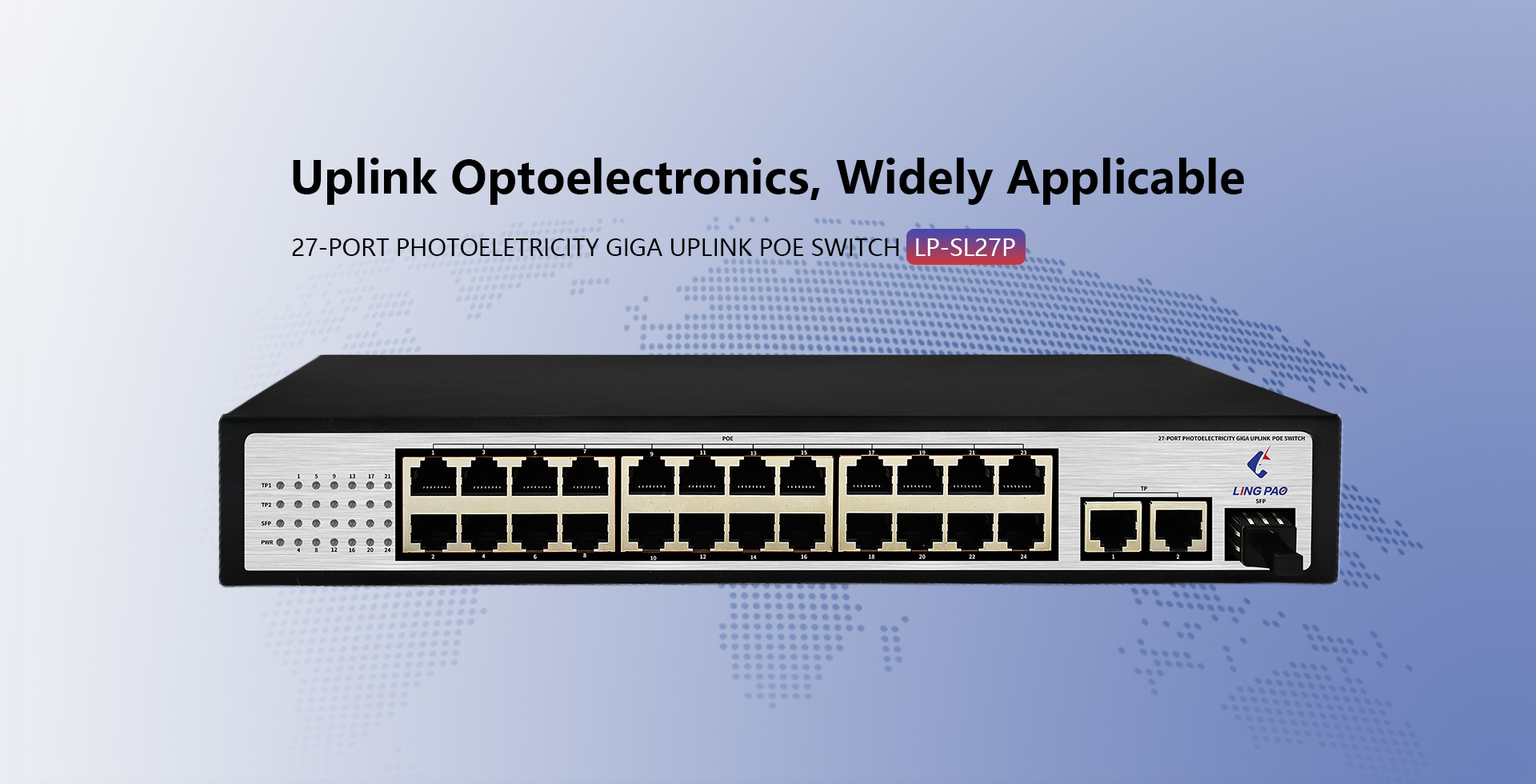
PoE Switch Applications
This rapid expansion of network-connected devices means that PoE technology and PoE switches will grow in importance to most networking infrastructures. While PoE switches have numerous applications, we mainly discuss the three most common application scenarios.
VoIP Phones: VoIP phones are PoE devices, with PoE allowing for a single connection to the wall socket and the ability for remote powering down
IP Cameras: Security cameras can be connected to PoE switches to enable fast deployment and simple repositioning.
Wireless: Many wireless access points are PoE compatible. Thus, PoE switches allow for easy relocation and remote positioning.
Smart Home Automation: LED lighting, heating and cooling systems, appliances, voice assistants, and electric car charging stations.
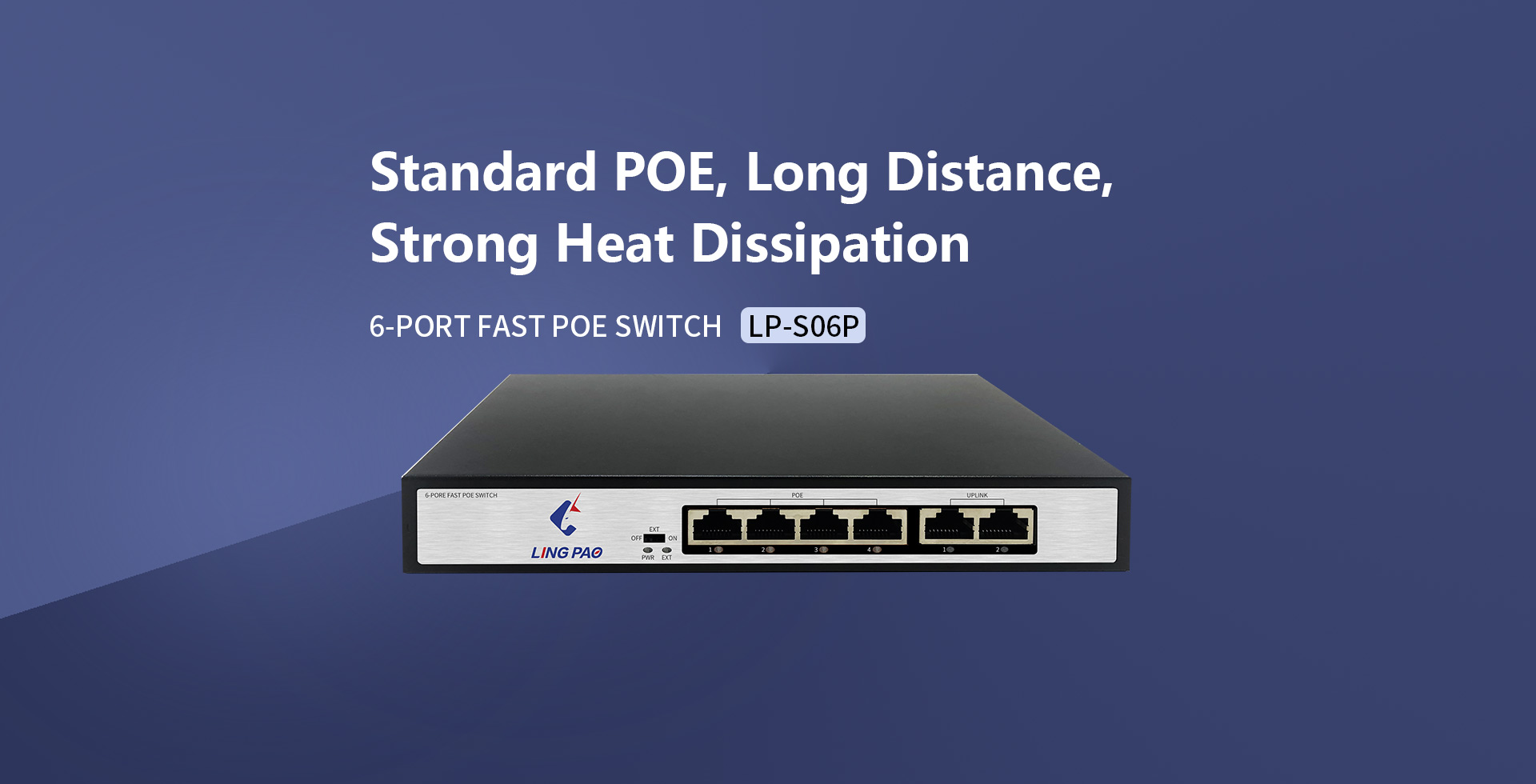
How to Select the Right PoE Switch
When selecting a PoE switch, it is important to consider your application requirements, the features and limitations of the PoE network switch. Of course, the power requirements of connected devices are also important. Some PoE network switches are designed to power devices that require up to 30 watts, and some are even designed for power devices that require up to 60 watts.
Features of PoE Switches to Consider
In addition to the type of switch and power requirements, there are a number of features to consider when selecting a PoE switch. These features include port speed, port count, port types, PoE budget, power savings, and port security.
Port speed: Maximum speed a port can achieve. It is important to choose a switch with a port speed that can support the connected devices. The port count is the number of ports available on the switch. It is important to choose a switch with enough ports to accommodate all of the connected devices.
Port type: Common port types include RJ45, SFP, and SFP+. It is important to choose a switch with the right port type for connected devices.
PoE budget: Maximum amount of power that can be allocated to connected devices. It is important to choose a switch with a PoE budget that can accommodate all of the connected devices.
Power savings: Designed to conserve energy by automatically turning off unused ports. This can help to reduce energy costs.
Port security: Designed to protect connected devices from unauthorized access.
Limitations of PoE Switches
Nonetheless, there are some limitations to PoE variation that you should be aware of:
Restrictions on distance: Typically, PoE switches can transmit over Ethernet up to a distance of up to 100 meters. The 100-meter distance restriction presents a challenge for large campuses, restaurants, and businesses implementing PoE. However, there are still devices like power extenders and powered fiber cables that can be used to extend the PoE range.
Power: If you require high power over poe networks, you must ensure that the power capacity of your PoE switches meets your requirements due to the power limitation imposed by PoE standards and Wattage.
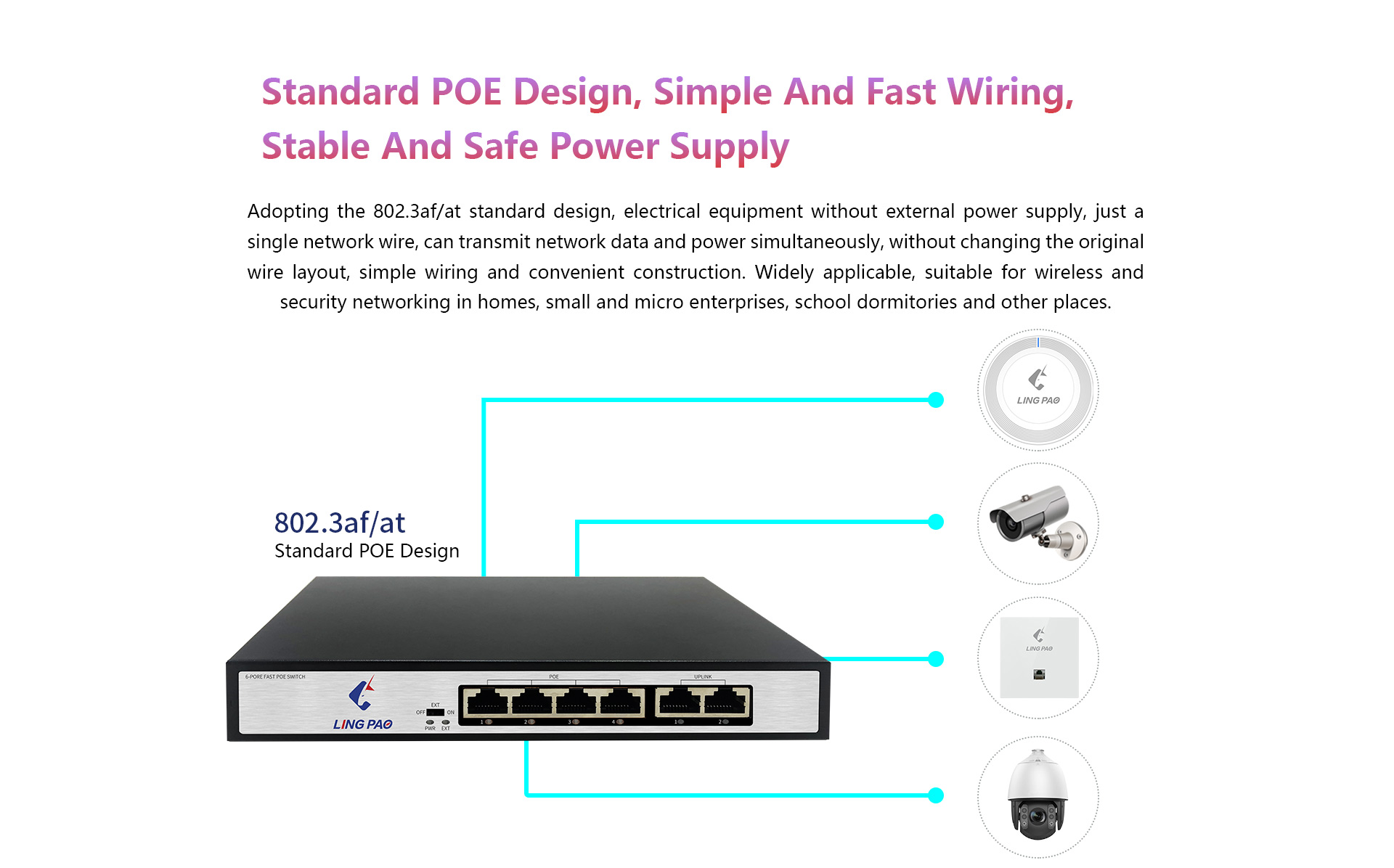
Let’s continue!
1.Do PoE Switch Require Special Cables?
2.Active vs Passive PoE Switch: Should I Choose Active or Passive PoE Switches?
3.Can the PoE Switch be used with a computer or other non-PoE devices? And will a PoE switch harm devices that do not use PoE?
4.What is the maximum transmission distance of PoE? How to extend the transmission distance of PoE?
5.Can all devices be powered through a POE switch?
6.What are the different types of POE switch standards?
7.What are the safety considerations when using a POE switch?
8.What are the common troubleshooting issues with a POE switch?
9.How can a POE switch improve network efficiency and reduce costs?
10.Are there any limitations to using a POE switch in a network?
1.Do PoE Switch Require Special Cables?
No. The Ethernet cables that should be used for PoE network switches primarily depend on the data rate of the PoE port; for instance, Cat3 or better cables can be used for 10/100M; Cat5/Cat5e/Cat6 cables are required for 1000M. In the future, Cat6a or higher cables may be required for the installation of 2.5G/5G/10G PoE devices.
2.Active vs Passive PoE Switch: Should I Choose Active or Passive PoE Switches?
Active PoE network switch complies with standard PoE. On the contrary, passive PoE network switch does not adhere to any IEEE standard. There are many ways that active and passive PoE switches differ from one another, like how the PoE power supply pinout looks and whether or not they support Ethernet.
3.Can the PoE Switch be used with a computer or other non-PoE devices? And will a PoE switch harm devices that do not use PoE?
Yes, a PoE switch can be used with non-PoE devices like computers. The switch automatically detects whether a connected device is PoE-compatible and will only supply power to PoE-enabled devices. So, it won’t harm non-PoE devices; they just won’t receive power through the switch.
4.What is the maximum transmission distance of PoE? How to extend the transmission distance of PoE?
Whether using IEEE 802.3af (PoE) or 802.3at (PoE+), data and power transmission are limited to a distance of 100 meters over Ethernet cables in standard PoE. Media converters and PoE extenders, for example, can extend the range to up to 300 meters if you want to increase the maximum distance.

5.Can all devices be powered through a POE switch?
No, not all devices can be powered through a POE (Power over Ethernet) switch. POE switches are designed to provide power to devices that are compatible with the POE standard, which includes devices such as IP phones, wireless access points, and security cameras. Other devices like laptops, desktop computers, and printers typically do not support POE and therefore cannot be powered directly through a POE switch. However, there are adapters and injectors available that can convert POE power to be used with non-POE devices. Additionally, some newer devices are starting to support POE, so it’s important to check the specifications of your devices before attempting to power them through a POE switch.
6.What are the different types of POE switch standards?
IEEE 802.3at: Also known as PoE+, this standard provides up to 30 watts of power per port.
IEEE 802.3bt: This is the latest and most powerful PoE standard, also known as PoE++, which can provide up to 90 watts of power per port.
802.3af-2003: This is a proprietary standard developed by Cisco that is similar to IEEE 802.3af but provides up to 15.4 watts per port instead of 12.95 watts.
LTPoE (Low power PoE): This standard was developed by Cisco and provides up to 7 watts of power per port for low-power devices.
UPoE (Universal PoE): Another standard developed by Cisco that can provide up to 60 watts of power per port.
PoE-PD (Power over Ethernet powered device): This standard applies to devices that receive power from a PoE switch.
7.What are the safety considerations when using a POE switch?
Proper installation: The POE switch should be installed and mounted correctly according to the manufacturer’s instructions. This will ensure that the switch is stable and does not pose a safety hazard.
Electrical safety: POE switches use electrical power to transfer data and deliver power to connected devices. It is important to make sure that all electrical connections are properly grounded and that the power supply meets safety standards.
Protecting against power surges: POE switches may be susceptible to power surges, which can damage the switch and connected devices. It is important to use surge protectors or other protective devices to prevent damage.
Temperature control: POE switches generate heat, so it is important to ensure proper ventilation and airflow to prevent overheating. The switch should also be kept away from direct sunlight or other sources of heat.
Maintaining proper cable connections: It is important to regularly check all cable connections to make sure they are secure and not damaged. Damaged cables can pose a safety hazard and cause malfunctions.
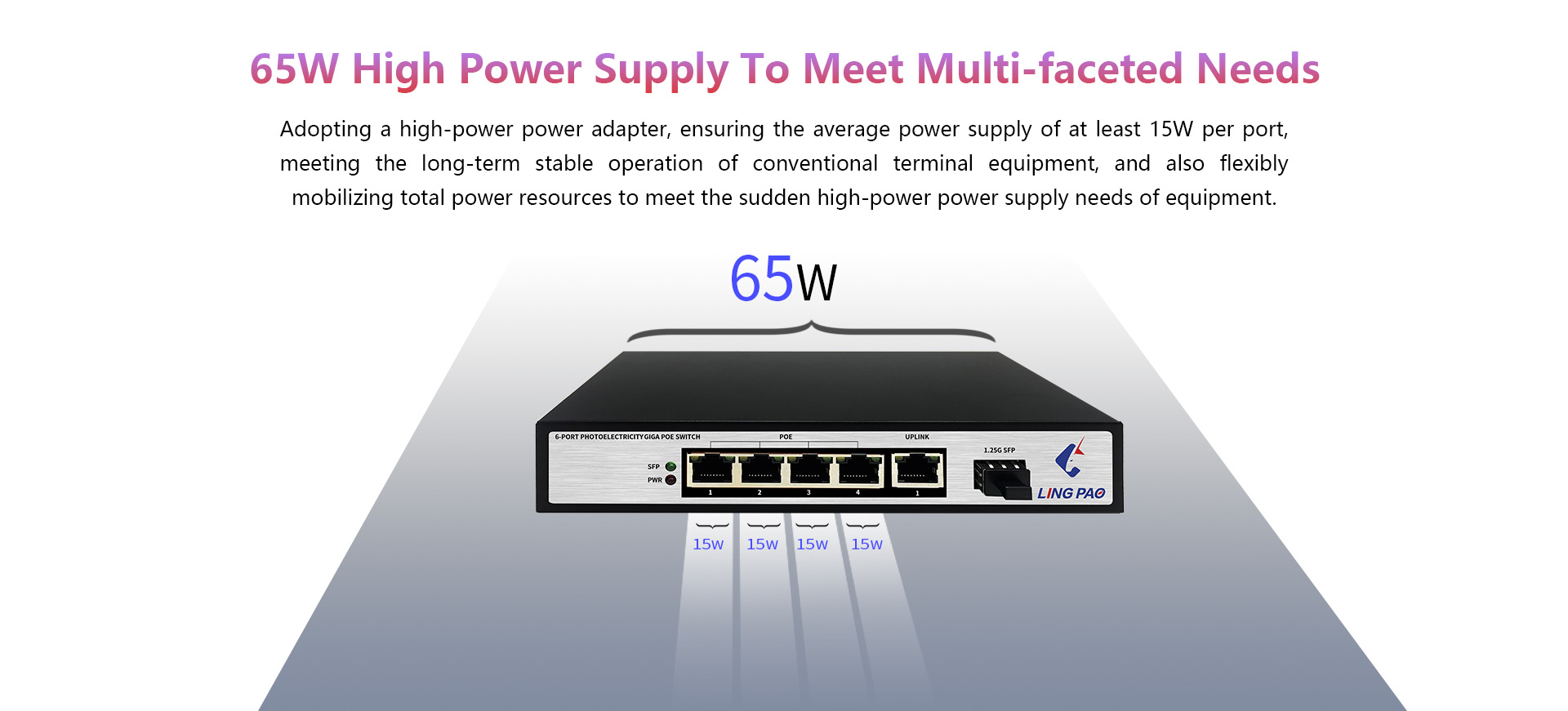
8.What are the common troubleshooting issues with a POE switch?
Connectivity issues: One of the most common issues with a POE switch is connectivity problems. This can be caused by faulty cables, incorrect port configurations, or network configuration issues.
Port failures: Sometimes a single port on a POE switch may stop working, which can disrupt the entire network connectivity. This can be caused by physical damage or misconfiguration.
Compatibility issues: Not all devices are compatible with POE switches, so it is important to ensure that the devices being connected are compatible with the power requirements of the switch.
Overloading: POE switches have a limited power budget, and if too many devices are connected and drawing power at the same time, it can overload the switch and result in power outages or other performance issues.
Firmware issues: Outdated or corrupted firmware can cause a POE switch to malfunction. Updating or reinstalling the firmware may help resolve the issue.
Inadequate power supply: POE switches require a certain amount of power to operate, and if the power supply is inadequate, it can cause the switch to fail or malfunction.
9.How can a POE switch improve network efficiency and reduce costs?
Simplified Network Setup and Management: A POE (Power over Ethernet) switch eliminates the need for separate power cords and outlets for devices, saving space and reducing setup and management time.
Cost Savings: With a POE switch, there is no need to install additional power outlets or hire an electrician, resulting in significant cost savings.
Flexibility and Scalability: POE switches are easy to install and can support a variety of network devices, including wireless access points, IP phones, and security cameras. This allows for a more flexible and scalable network infrastructure.
Better Power Management: POE switches allow for centralized power management, so devices can be remotely turned on or off as needed. This reduces energy consumption and lowers costs.
Increased Reliability: POE switches have built-in power backup systems, ensuring that network devices remain powered even during power outages, improving network uptime and reliability.
Streamlined Troubleshooting: With a POE switch, it is easier to troubleshoot network issues as the switch provides information on power usage and any potential power failures.
Reduced Cable Clutter: POE switches eliminate the need for additional power cords, reducing cable clutter and improving the overall aesthetics of the network setup.
10.Are there any limitations to using a POE switch in a network?
Yes, there are several limitations to using a POE (Power over Ethernet) switch in a network. Some of these limitations include:
Limited power output: POE switches are designed to provide a limited amount of power to connected devices. This means that they may not be suitable for powering high-powered devices such as servers or computers.
Distance restrictions: POE switches have a limited transmission distance, typically around 100 meters. This means that they may not be suitable for large networks or for devices that are located far away from the switch.
Compatibility: Not all devices are compatible with POE technology. Devices that do not support POE will not be able to receive power from a POE switch and will require separate power sources.
Voltage compatibility: POE switches typically provide a power output of 48V, which may not be compatible with some devices that require a different voltage.
Cost: POE switches can be more expensive than traditional switches, which may be a limitation for smaller or budget-conscious networks.
